Global flu cases have surged to record highs post-COVID, raising concerns over reduced immunity due to pandemic restrictions. Here’s what the latest study reveals.
- Influenza cases have spiked globally to historic highs after COVID-19 lockdowns
- Countries with strict pandemic measures saw larger increases in flu-related hospitalizations
- Reduced natural exposure may have led to a significant “immunity debt”
For years, we masked up, distanced ourselves, sanitized everything, and stayed indoors to beat COVID-19. While these measures helped slow the spread of the virus, they also did something we didn’t quite expect—they reduced our exposure to other common infections. Now, as life returns to normal, doctors and researchers are observing a troubling consequence: immunity debt (1✔ ✔Trusted Source
Immunity Debt for Seasonal Influenza After the COVID-19 Pandemic and as a Result of Nonpharmaceutical Interventions: An Ecological Analysis and Cohort Study
Go to source
).
This term describes what happens when the immune system, shielded from routine pathogens for extended periods, becomes less equipped to fight off familiar infections once restrictions are lifted.
A Look at the Numbers
According to a global study analyzing data from 116 countries:
- Influenza cases dropped by 46.3% during the peak of COVID-19 restrictions.
- Cases spiked by 131.7% in the first winter after restrictions were relaxed.
- Even in summer—traditionally a low flu season—there was a 161.2% rise in cases.
- Countries that imposed stricter lockdowns (as measured by the COVID-19 Stringency Index) saw a stronger rebound in flu cases post-pandemic.
These statistics point to a strong correlation between pandemic safety measures and a weakened collective immunity to other infectious diseases like influenza.
What Is Immunity Debt?
Immunity debt is a term coined to describe the decline in natural immunity caused by long-term avoidance of infectious agents. During the COVID-19 pandemic, public health interventions such as mask mandates, lockdowns, and school closures dramatically reduced the spread not just of coronavirus, but also of flu, RSV (respiratory syncytial virus), and other routine infections.
But here’s the twist: our immune systems rely on exposure to these pathogens to stay “in shape.” When exposure drops, so does our readiness to fight. It’s like a muscle not being used—over time, it weakens.
How Did the Pandemic Create This Debt?
Most people, especially children, weren’t exposed to common viruses for nearly two years. Schools were closed, people worked from home, and travel came to a standstill. These conditions were perfect for avoiding pathogens—but not for building immunity.
In countries with the strictest lockdowns, flu activity virtually disappeared. This lull gave populations no chance to develop or refresh their immunity. When society reopened, that lack of immune practice created a fertile environment for infections to spread—and fast.
Why Flu Is Just the Beginning
While influenza has been the most obvious post-pandemic rebounder, it’s not alone. Doctors around the world are seeing a rise in respiratory infections, gastrointestinal viruses, and even diseases like RSV that typically only affect young children.
Children and Immunity Debt
Kids are particularly vulnerable. Many were born just before or during the pandemic and had minimal exposure to viruses during their early, immune-forming years. Pediatricians now report that toddlers are catching illnesses they would typically encounter gradually, but are now facing all at once.
This sudden exposure is overwhelming their underprepared immune systems, leading to more severe symptoms and increased hospital admissions.

Public Health Takeaways: Where Do We Go From Here?
Striking a Better Balance
While lockdowns and NPIs (non-pharmaceutical interventions) were essential at the time, experts now stress the importance of balancing infection control with immune resilience. This doesn’t mean letting our guard down entirely, but it does call for a smarter approach moving forward.
Vaccination campaigns remain crucial—not just for COVID-19, but also for flu, RSV, and other preventable diseases. As we prepare for future pandemics or seasonal outbreaks, strategies should consider both short-term infection control and long-term immune health.
Reintroducing Exposure Safely
Some researchers advocate for gradually reintroducing exposure to everyday germs—through school attendance, outdoor play, and social interaction—especially for children. This helps rebuild natural immunity without overwhelming healthcare systems.
Meanwhile, public health officials should continue monitoring trends in non-COVID diseases and update vaccination schedules and policies accordingly.
The COVID-19 pandemic taught us the power of collective action to stop a virus in its tracks. But it also revealed how delicate the balance of our immune health really is. Immunity isn’t built in isolation—it’s a dynamic process that requires regular engagement with the microbial world around us.
As we move ahead, the goal isn’t to live recklessly but to live wisely. That means staying informed, getting vaccinated, practicing good hygiene, and understanding that some exposure to everyday germs is not just inevitable—it’s essential.
Let’s not shield ourselves so much from life that we forget how to live—rebuild your immunity, protect your loved ones, and face the world with informed courage.
Reference:
- Immunity Debt for Seasonal Influenza After the COVID-19 Pandemic and as a Result of Nonpharmaceutical Interventions: An Ecological Analysis and Cohort Study – (https://advanced.onlinelibrary.wiley.com/doi/full/10.1002/advs.202410513)
Source-Medindia





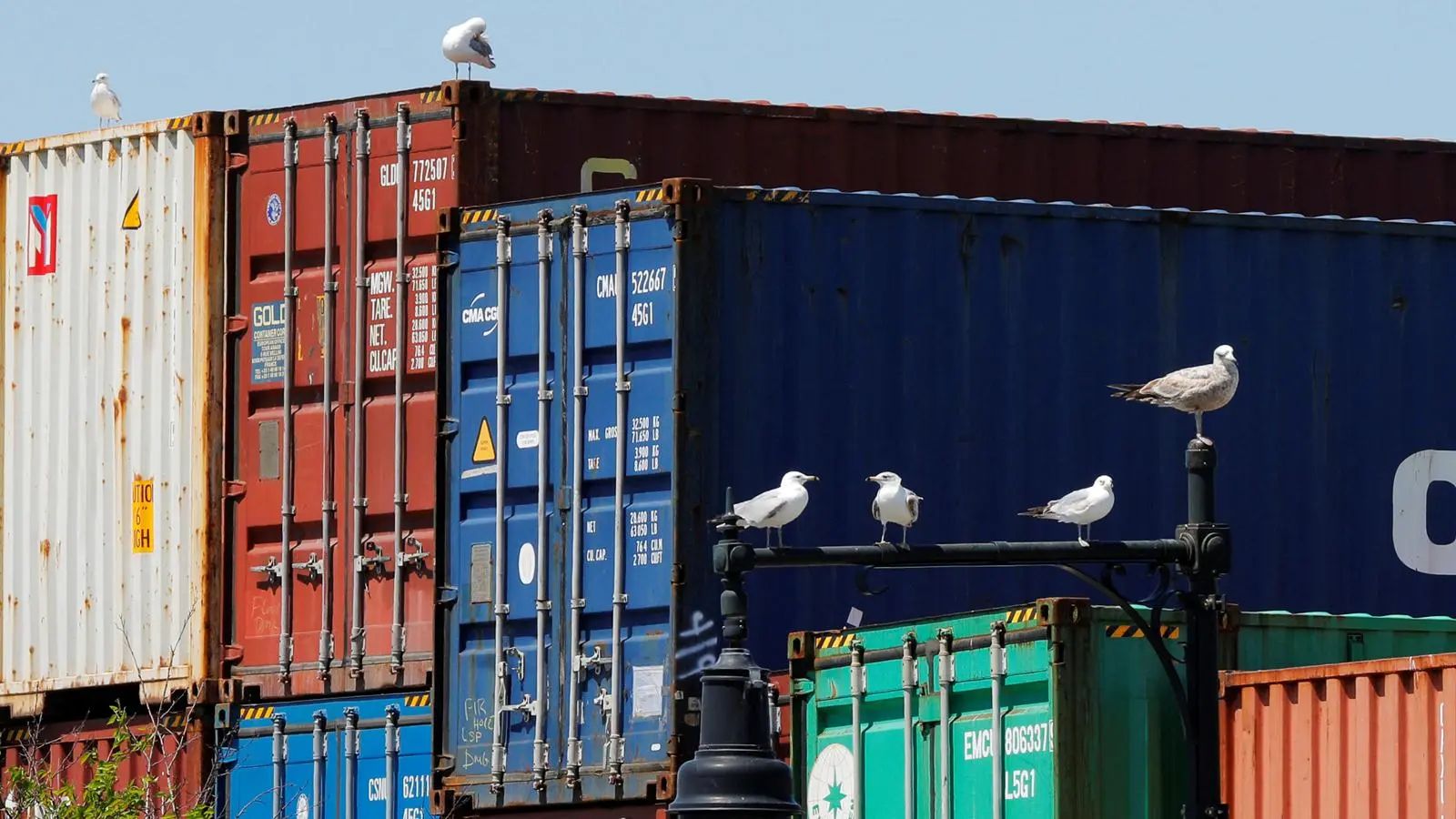
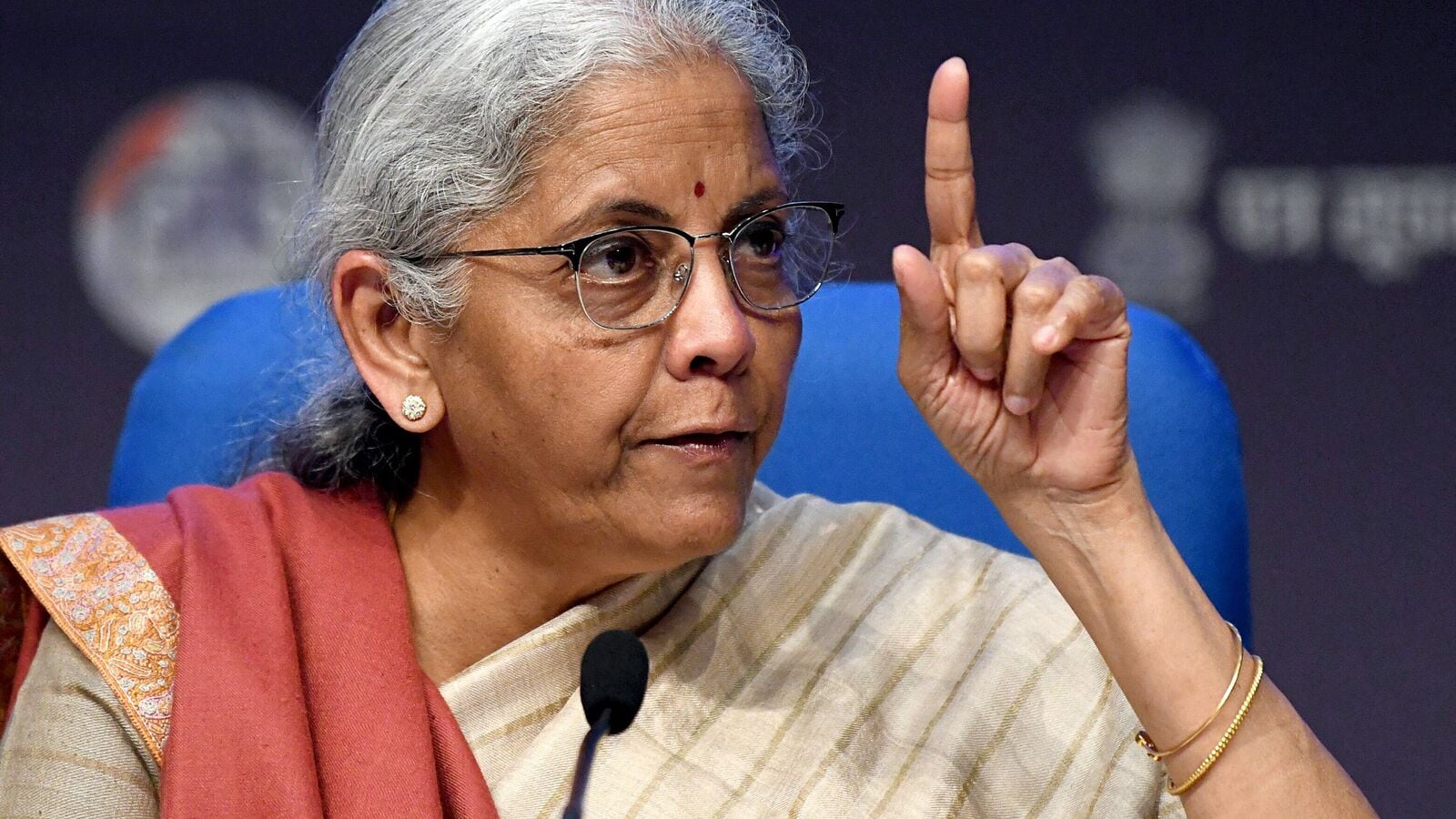

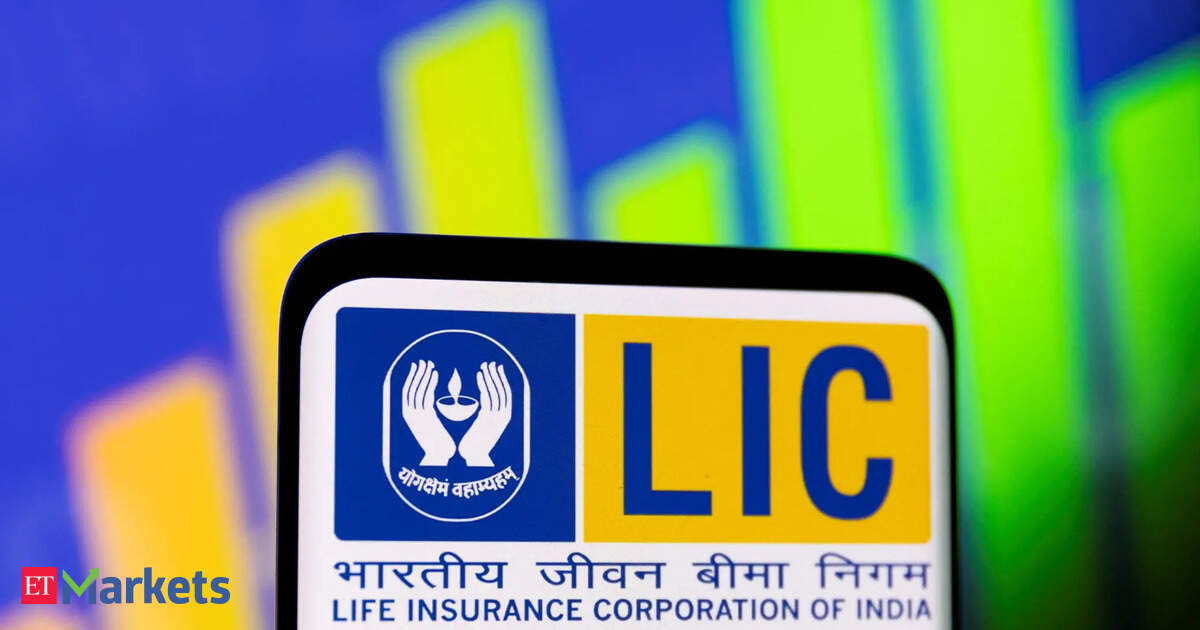

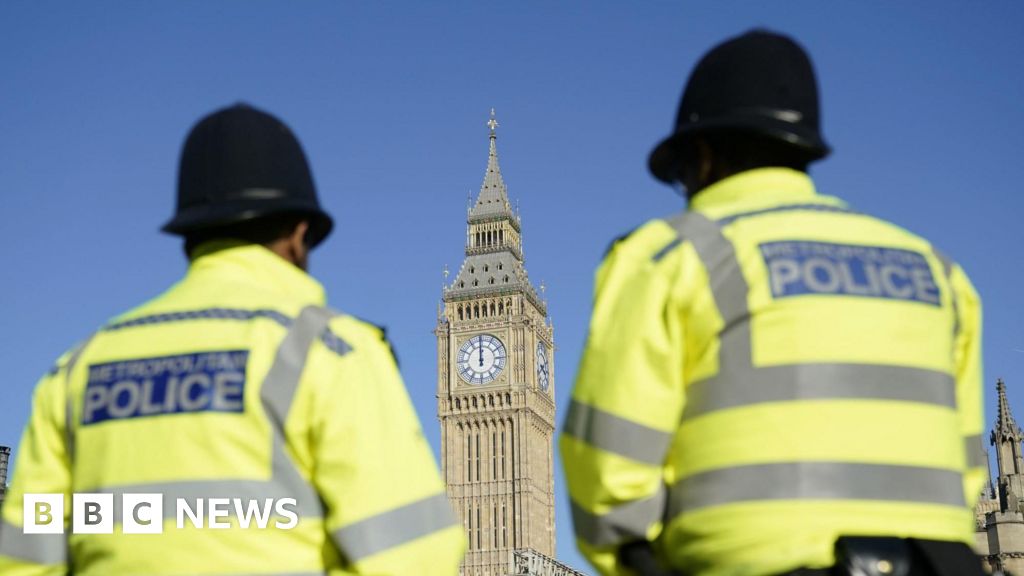

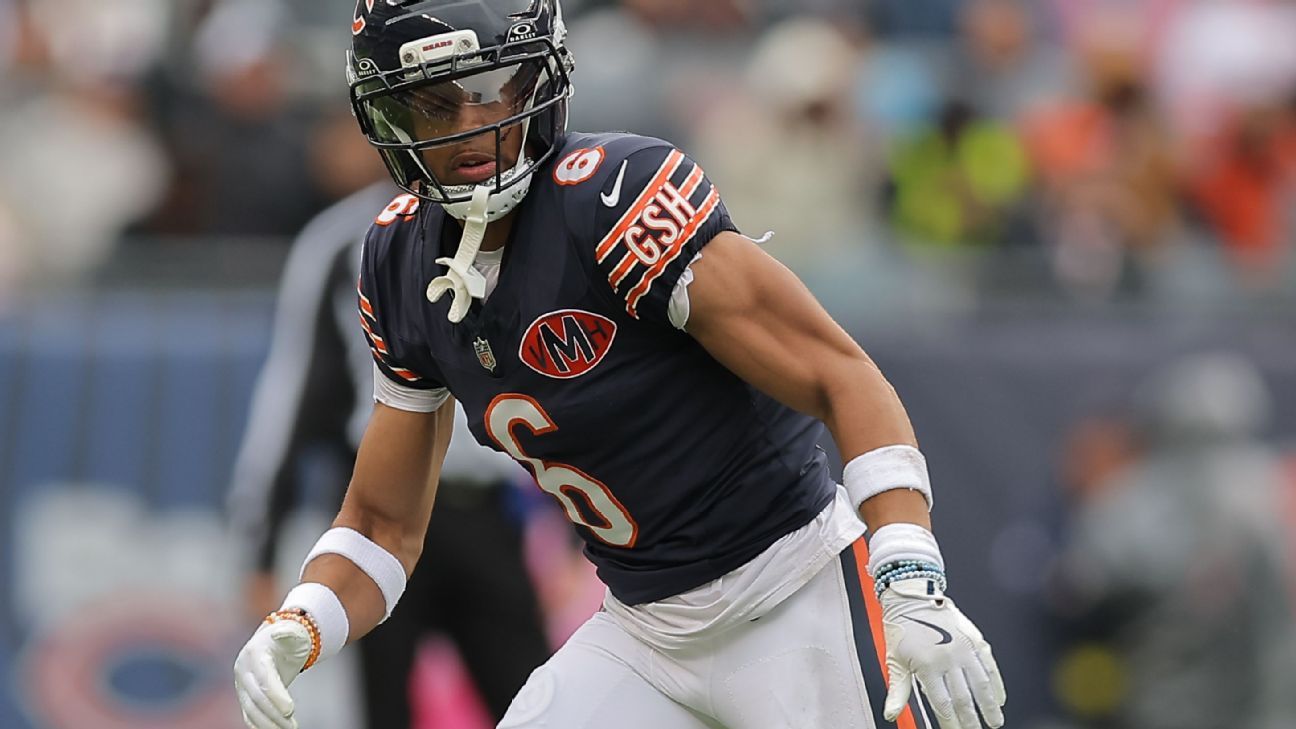
Leave a Reply